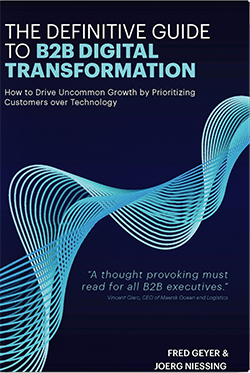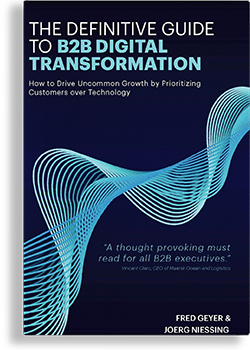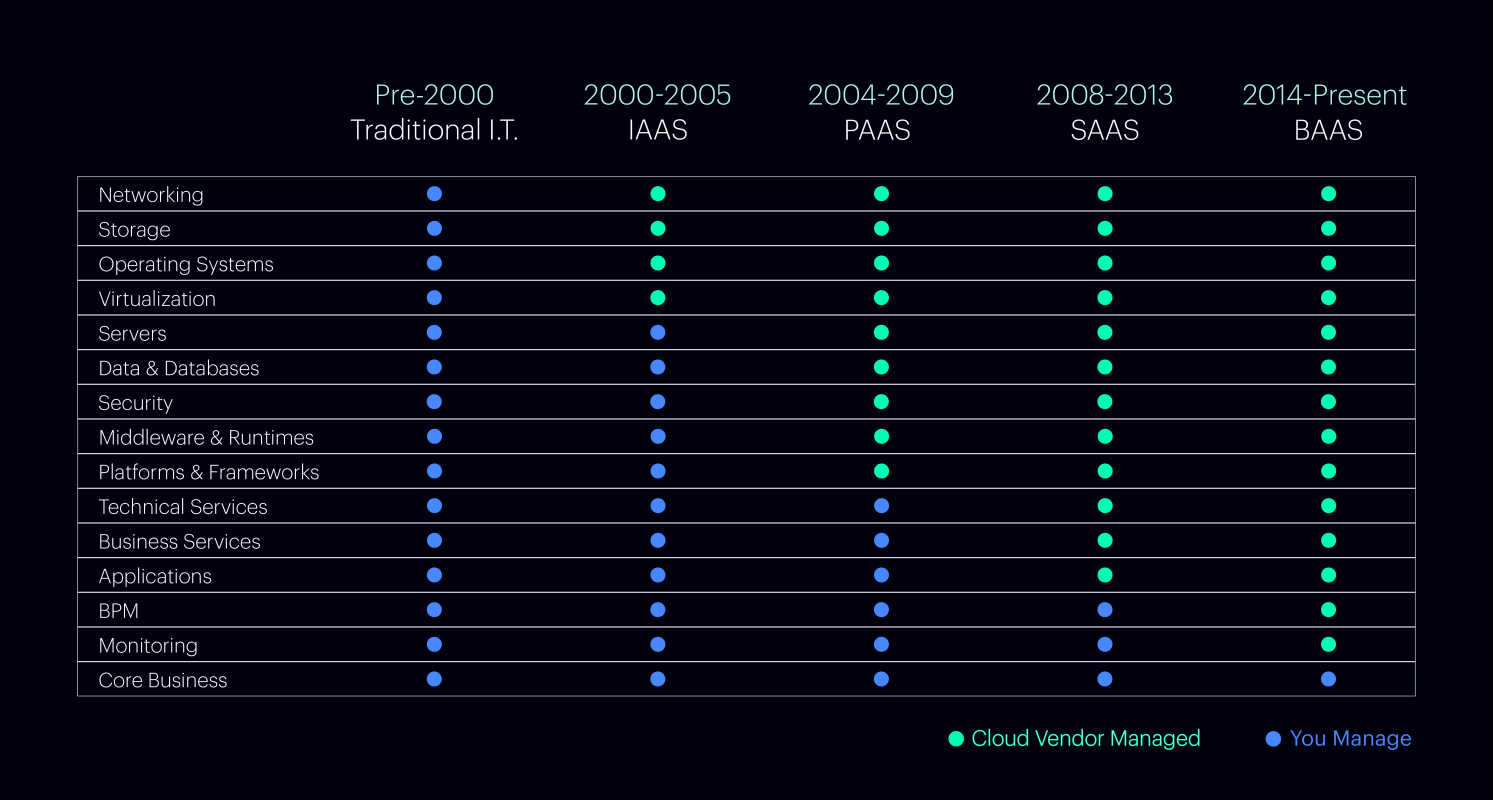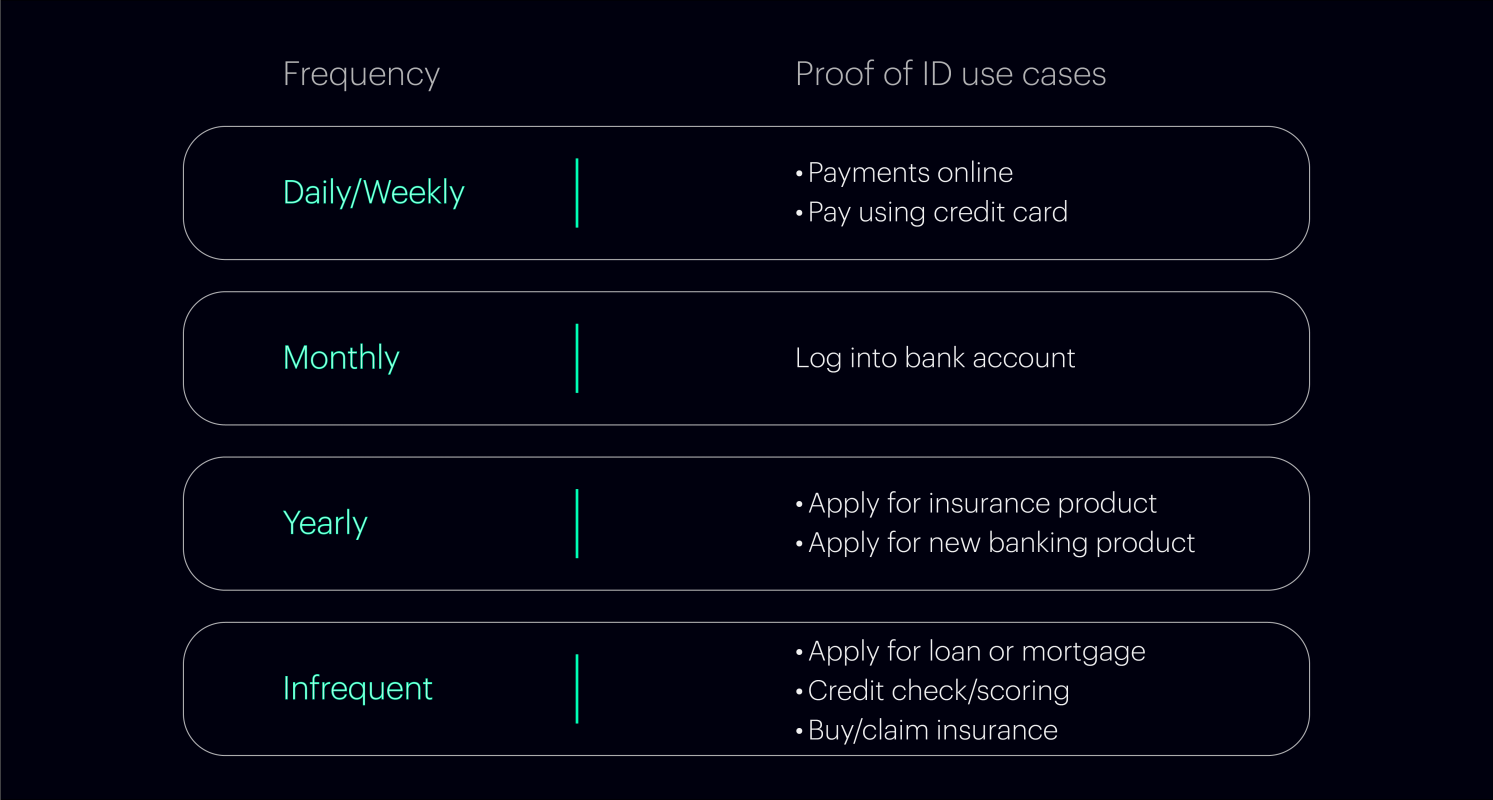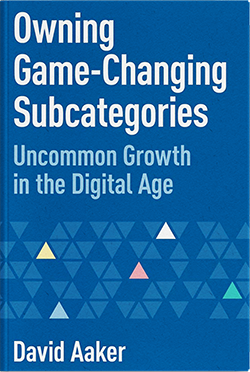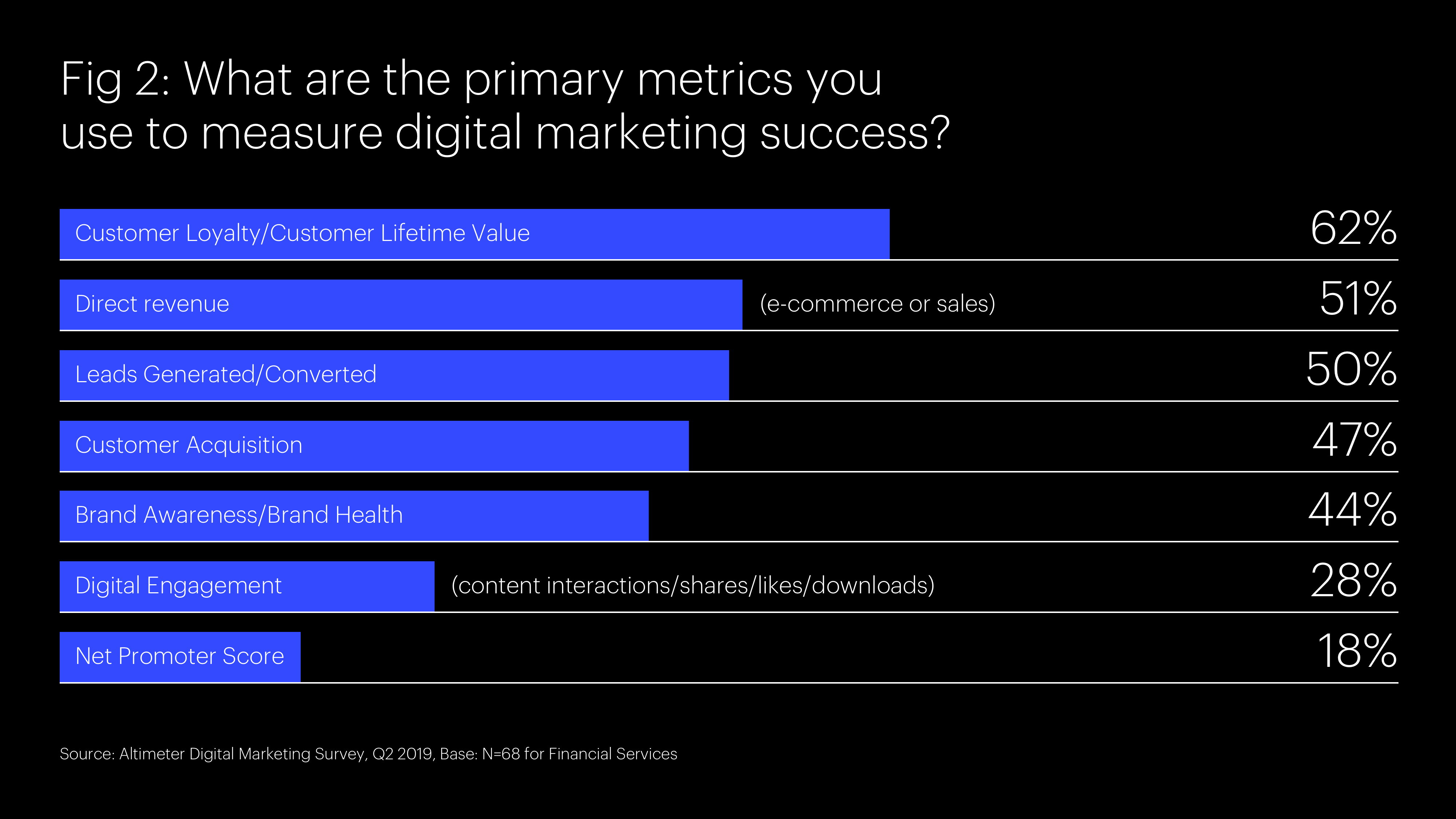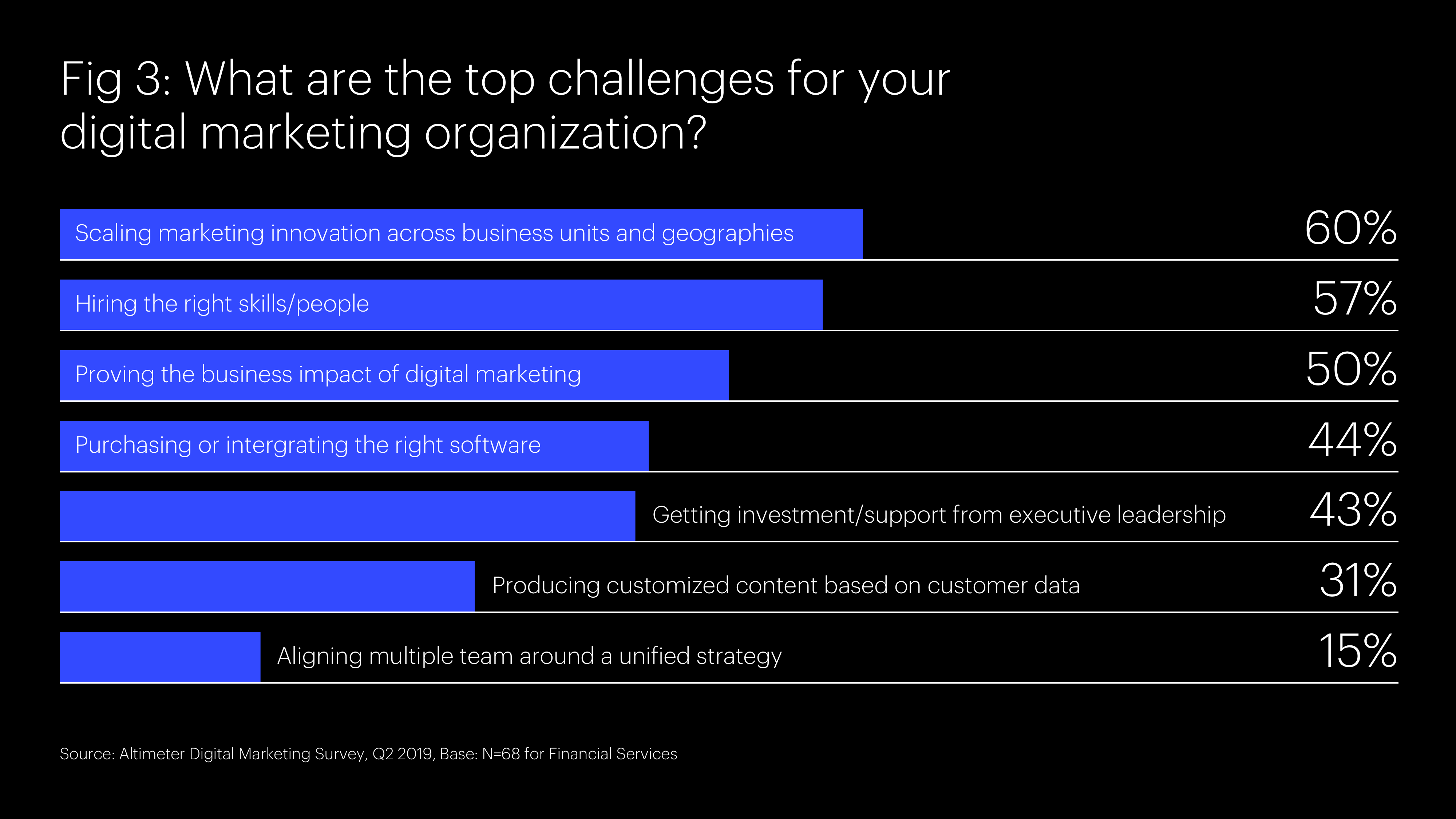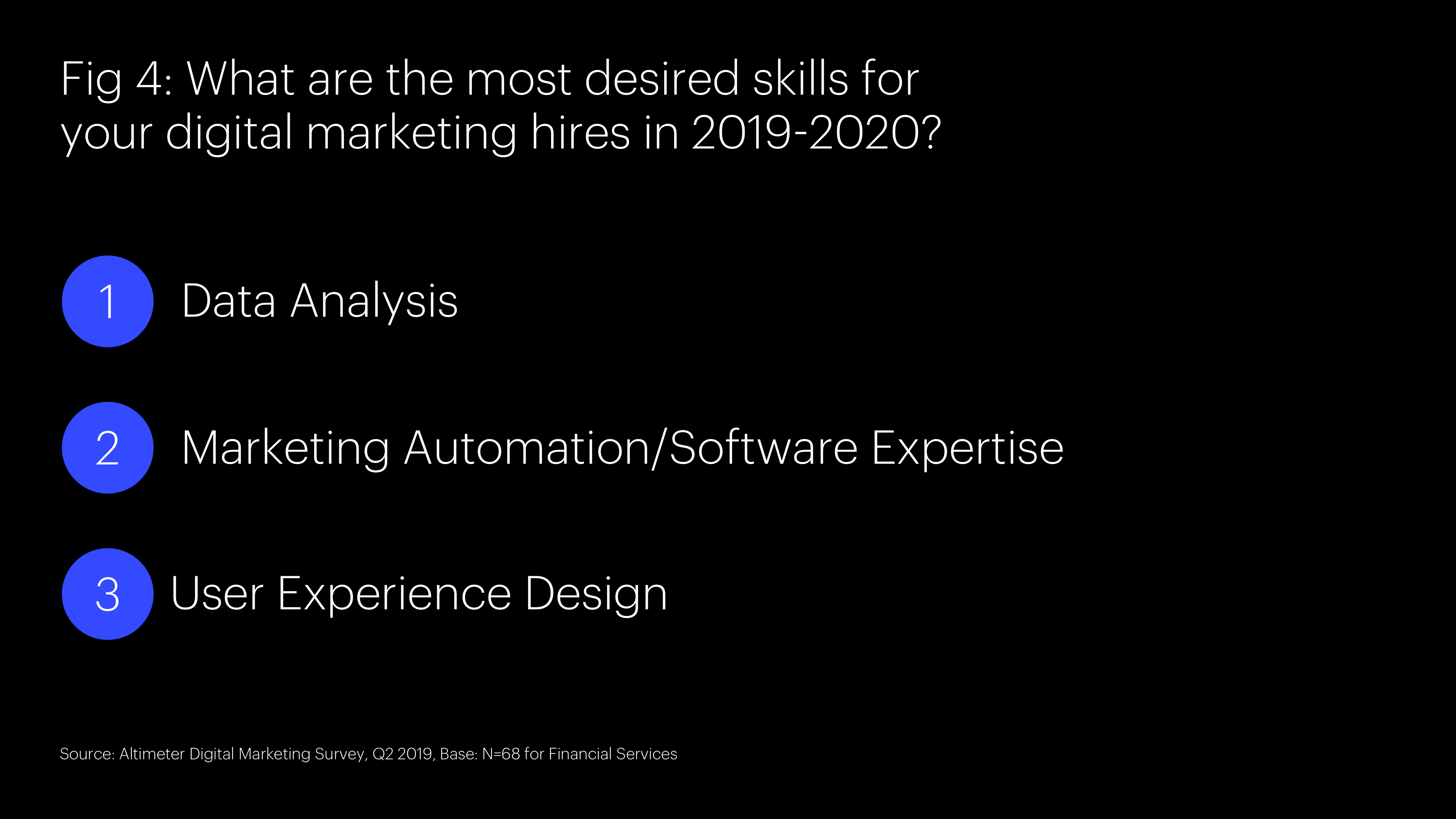BLOG
Social Distancing Doesn’t Have to Interrupt B2B Customer Relationships
With the right tools and skills, remote selling can be just as effective as meeting face to face.
Firms reluctant to make the shift to digital selling are finding that their hands are being forced as social distancing makes traditional interactions between suppliers and customers impossible.
The COVID-19 pandemic is changing the ways suppliers and customers interact with remarkable suddenness and scale. B2B companies that rely on large sales forces, networks of intermediaries, call centers, and visits from technical support teams are particularly vulnerable to having their customer relationships interrupted. Making a shift to digital selling is an important way to sustain supplier-customer relationships throughout the pandemic and to exit it with capabilities to accelerate revenue-building once customer demand improves.
B2B companies that have successfully made the shift to digital selling – organizations such as integrated logistics giant Maersk and the commercial arm of ING bank – have reoriented themselves and are now using data and digital tools to acquire new customers; sustain and grow share of wallet among established customers; expand the number of buying centers within existing customer organizations.
“Making a shift to digital selling is an important way to sustain supplier-customer relationships throughout the pandemic.”
These companies have taken advantage of recent B2B advances in digital targeting, personalization, outreach, content creation, account-based marketing (ABM) and always-on marketing, to position themselves well in today’s uncertain times. A digital selling shift involves moving to a selling approach that relies extensively on digital marketing and data-driven selling. It integrates sales and marketing in a tightly linked partnership that is data-driven, digitally powered, and foregoes the need for person-to-person contact.
During a digital selling shift in the current environment, B2B leaders pursue revenue-generating paths to address the parts of the sales funnel that at immediate risk and provide the greatest growth opportunity once recovery begins. The risks and the opportunities will vary by company and industry. For established leaders in mature industries, the greatest risks and opportunities will often occur in the parts of the funnel dealing with renewal, cross-sell and supporting existing relationships. For insurgent companies or rapidly growing sectors, the opportunities and risk may reside primarily at the top of the funnel in acquiring new customers and encouraging them to make an initial or trial purchase.
Our study of successful digital transformation in B2B has uncovered several paths leaders can take to reduce their risks of selling disruption and boost their opportunities to build demand as economies begin to recover:
Demand Generation to accelerate customer acquisition
The explosion of data and a rapidly expanding set of vehicles for reaching B2B decision-makers is making it possible to create direct relationships with end customers without cutting out their sales representatives, channel partners, distributors, advisors, or other middlemen. These channel and content alternatives are enabling established sellers to generate leads for their sales as well as for their intermediaries. Engaging in demand generation provides an added benefit: it creates a direct relationship with the customer that enables suppliers to learn from users and buyers, test alternatives, and more effectively probe for new opportunities. This path may be particularly important to insurgent companies or companies in rapidly growing sectors.
Digital Sales Enablement to accelerate cross-selling and boost value
Here, companies use digital tools and digitally collected data to sell more effectively. Sales engagement and relationship management platforms, including those of Salesforce.com, Oracle, and SAP are so well established that Gartner reports that the market reached $48.5 billion in 2018 and represents a quarter of all corporate purchases of enterprise software. Sales enablement platforms, networks, and apps help individual salespeople achieve more and help sales teams work more effectively together. In the past few years, these platforms have shifted from individual customer relationship management to helping the sales teams engage more fully with their customer’s entire decision-making team. The payoff is immediate: better equipped and coordinated sales teams perform better. They generate more revenues, strengthen customer relationships, and stay with companies longer. This path may be particularly relevant to leaders in mature industries.
Digital Relationship-Building
New, more targeted vehicles, such as LinkedIn advertising, along with compelling content (such as video and virtual reality) have paved the way for Account-Based Marketing (ABM). ABM is more personalized and tailored to the needs of individual decision-makers than traditional push email and digital advertising campaigns. As an integrated approach, it combines salesperson interactions and digital engagement for maximum efficiency and impact. Its digital components extend engagement into an anytime, anywhere experience through the 24/7 advantage of online and mobile vehicles. This path is likely to be relevant to all companies with sales teams whether they are leaders or insurgents.
Digital Customer Support
Companies are also using digital technologies to shift more of the routine chores online. B2B companies are now using advanced AI bots in combination with live person-to-person chat to enable customers to easily order parts and accessories and get problems resolved online. Companies are also shifting their technical support and client-learning functions to digital formats. These new tools boost team efficiency and effectiveness through improved resource deployment and enable customer 24/7 customer support. This path is helpful in any industry where technical support or customer training is an important part of the supplier value proposition.
Direct Digital Commerce to accelerate acquisition and cross-selling
One of the biggest opportunities digital has created for customers is allowing them to make purchases directly from suppliers and bypass intermediaries. As more customers demand 24/7 access, intermediaries’ have become increasingly open to allowing suppliers to directly engage with customer segments that are hard to access, fulfill offers that are costly to serve, or supply information directly that enhances the customer experience. Direct commerce can be valuable at renewal, upgrade or cross sell occasions in addition to initial purchase. It’s important that suppliers determine how they will integrate direct digital commerce solutions with their intermediary relationships or their own salespeople. This path has broad relevance for both incumbents and insurgents but the scope of bypassing the intermediaries will vary based on the power of the intermediaries and the willingness of the supplier to challenge them.
Our 4 Step Approach
By examining case studies in successful transformation by B2B companies we’ve identified a step by step approach to following each path and generating measurable impact:
- Choose where to play by understanding where in the sales funnel to sustain or grow customer demand and by understanding the barriers customers face in achieving their goals.
- Determine how to win by building a compelling digital strategy based on clarifying the target, capturing the target’s attention, cultivating their interest, and converting them to buy, buy more, or recommend to others.
- Accelerate what to do by using scrum agile methods to conduct a series of sprints to pilot new digital selling approaches, scale previously piloted approaches, or build capabilities required for digital selling.
- Ensure you have who is needed by setting up and enabling a customer data team with the resources they need to put in place a system to undertake the shift and maintain progress through continuous customer-driven improvement.
FINAL THOUGHTS
Making the digital selling shift makes sense in ordinary times. At a time when in-person contact is extremely difficult it is even more important.
Joerg Niessing, a faculty member at INSEAD and Fred Geyer, a consulting partner at Prophet, are authors of The Definitive Guide to B2B Digital Transformation upon which the conclusions in this article were based. Visit this website to learn more and get your copy of the book here.


